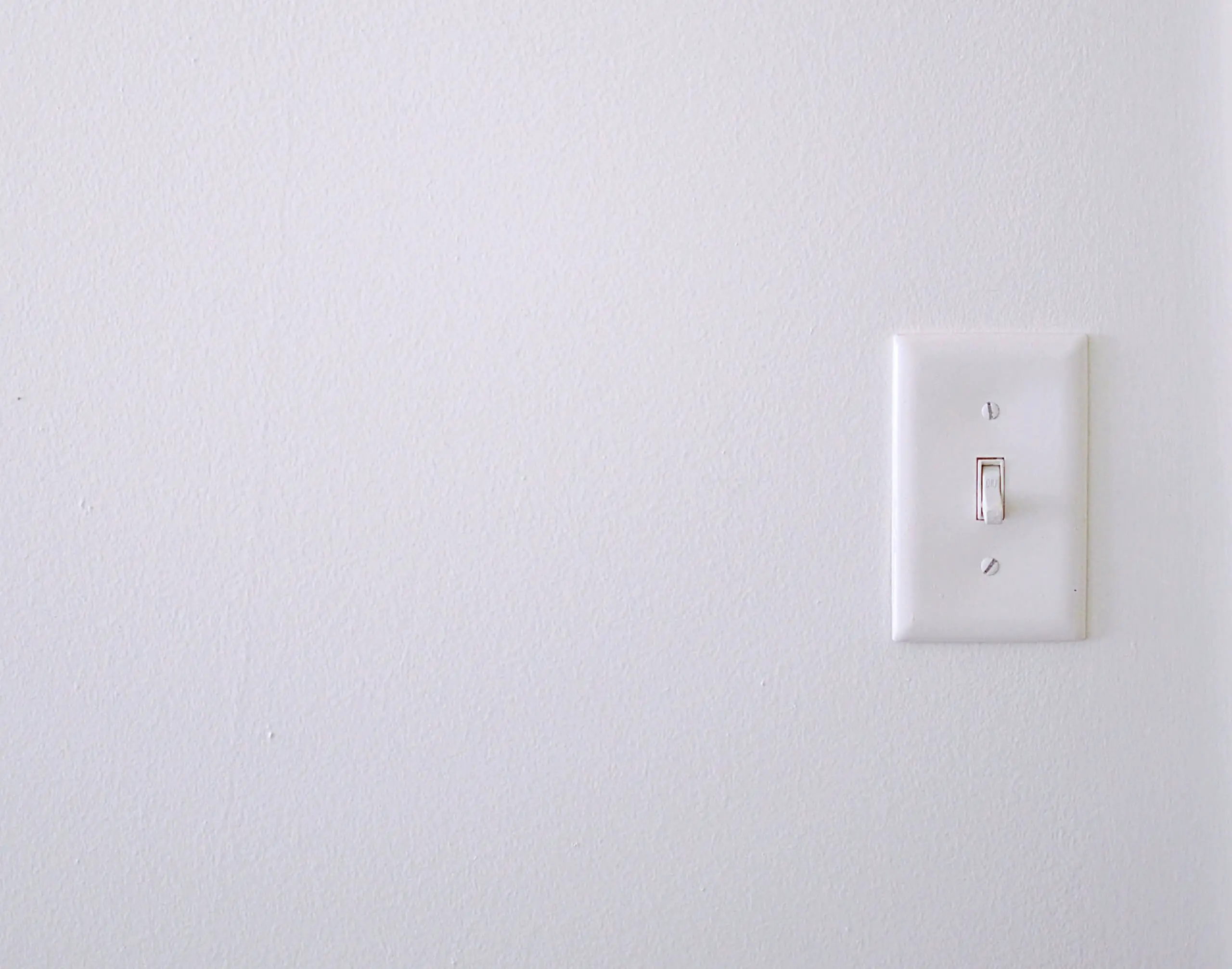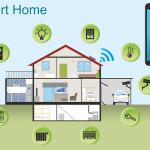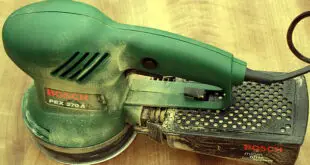What to do if a light switch is not working when the power is on? Many people will say that you should call an electric specialist as soon as possible. Well, this is definitely an option. For example, if you turn to a professional vendor like Handy Kith, you can forget about the burden. Sometimes, ordering professional help is a must since it’s merely dangerous to deal with electricity on your own.
But not every case is a threat to your wellbeing. You are capable of doing some part of a job on your own without a third party’s help. You probably wonder what is it we are talking about? A faulty light switch, of course!
You don’t need much equipment in order to identify common light switch problems. It is a screwdriver, insulated pliers, voltage tester, and wire connector. A small tip for you: check whether the voltage tester is working or not before you start testing the switch itself. Merely insert the leads into a working electrical outlet and then verify that you receive a reading.
A Guide to Diagnose Light Switch Problems
So, the question here is how to tell if the light switch is bad? Some problems can be observed even visually. For example, usually, it’s not hard to notice when a light switch toggle is broken. You don’t need to be a professional to tell this if it’s seen that there is something wrong with a toggle.
Sometimes, you can detect that there is something wrong with your ears. What we mean here is a situation when a light switch doesn’t click. It’s a decent reason to question the state of your reliable friend that enables lighting in your house.
Other problems may come from the electrical system of your house itself. For instance, when there is no power to light switch, you don’t need to be the Sherlock to tell where the problem lies.
The methods above are rather primitive. They are usually noticed in a daily routine: you don’t need to use any specific equipment. Here is how you can troubleshoot a light switch on a deeper level.
Solution №1
Check whether there is the power to the circuit or not, in case your light switch doesn’t work completely. To do this, switch all the tripped outlets on and make sure that the breaker to the switch is on in a breaker box.
In order to solve the problem, you can try resetting GFCI outlets. Search for them around your house once you make sure that the breaker that controls the switch is on. A trick is pretty simple yet working. It may eliminate the need to contact the specialist.
Solution №2
It should be implemented for a flickering light, as well as in any situation when you understand that the problem lies in a light switch box. There can be two possible reasons: a tripped wall outlet or a loose connection.
Step 1
To check, the power to the switch must be turned off. Once this is done, it’s time to:
- Take off the cover plate
- Unscrew the light switch
- Pull it out of the electrical box with insulated pliers.
After that, the time for a voltage tester comes. Check the power. First things first, make sure that the voltage tester is working. In case the device doesn’t get a reading, a lead from the voltage tester should be touched to the green ground screw, while the other – to a brass terminal. This is another way to test the switch. You can only safely handle the light switch if there is no reading at both brass terminals (or the light stays off for the second way of testing a switch).
Then, examine the black wires. In case they are loose, you need to tighter down the terminal screw. After that, return the light switch to the initial place and test it by turning the breaker on. The job is done if the light is all right.
A small tip: once you find loose wires, you must properly check the switch to find out if it has the signs of melted plastic. In case it does, it’s necessary to replace the light switch.
Step 2
You should move to this step, in case the black wires aren’t loose. In such a situation:
- Disconnect them from the switch.
- Then, twist both wires together. Use your pliers for that.
- Screw on the wire connector.
After that, the breaker should be switched on. In case the light works properly, the problem lies in a bad switch that requires replacement.
What to do if you still have a faulty light? There can be a wide variety of problems. One of them is a possible loose connection in the circuit. All in all, in such a situation, it’s advisable to keep searching.
If you are not a professional in electric matters, it’s advisable to order a professional help. It’s a mere precaution: you don’t know the electric layout and the specifics of dealing with electricity in general. Therefore, you may unintentionally harm yourself.
Important Tips
We have discussed the basic ways of troubleshooting your faulty light switch. These steps are safe to take without professional help. Don’t underestimate them because they are straightforward: those are working solutions that can help you to solve a problem with a light switch itself, as well as light switch wiring.
For your safety, we would like to highlight two vital tips to mind:
- Loosely connected wires. Plastic light switch covers may get melted because of heat. Unfortunately, this often happens when the wires are loosely connected. They may generate enough heat, which will affect the casing. Don’t hesitate to replace the switch in such a case.
- Check your voltage tester in advance. To do so, you need to insert it into a working electrical outlet and get a reading. If you are sure that the outlet is in good order, but there is no reading, your voltage tester isn’t working.
Types of Light Switches
The maintenance and troubleshooting of a faulty switch depend on its type. The following tips are provided for a primitive yet very widespread model – a single-pole switch. Its main feature is that such a type controls one circuit only and offers a regular off and on function. This model is considered to be among the most popular and, most likely, exists in every house.
However, the world of switches isn’t limited to this model only. Among other light switches types are:
- Double light switch – It features larger wires compared to single pole switches. Therefore, switches of such a type can ensure safe isolation of the load circuit. Typically, they are used in order to control 240V circuits.
- Push button light switch – A very common switch that is among simple models that work well. Although there are some variations of push-button light switches, the mechanism is the same: you push the button to turn the light on or off. Easy!
- Proximity light switch – This model is used when a homeowner wants to reduce energy consumption. The switch automatically shuts the lights off when there is no one in the room.
- Selector light switch – It’s usually used when there are two different lighting modes. This model allows switching between the modes fast and easy. Commonly, they are used for fans to provide a convenient speeds switch.
- Dimmer light switch – You probably have seen a dimmer light switch that allows you to control the brightness. There are numerous models: with a dial, a touch switch, and with remote control.
- Photoelectric light switch – This model allows you to have a primitive version of smart lighting: it can enable the light as soon as it gets dark. Despite boasting a useful feature, the light switch isn’t as popular as the others.
- Motion-activated light switch – The light switch turns the light on when the motion is detected. It’s usually used outdoors: next to the front door, in the terrace area, etc.
- Sound-activated light switch – This model works similarly to the previous one. The only difference is that it automatically enables the lighting when it detects sound. Such a light switch is less popular than the one that reacts to motion.
- Smart light switch – A smart light switch is the manifestation of technologies when it comes to switches and lighting in general. It’s a whole system that can connect to the Internet, your smart home, and an app on your smartphone.
It’s only logical that troubleshooting any of these light switches requires a specific approach. Although some points remain similar, there are many differences. The more advanced the model, the harder it is to troubleshoot. Therefore, we advise you to order professional help if you are not sure you can do this.
Please, share with us whether you tried to troubleshoot a light switch on your own? Do you know other methods of how to tell if a light switch is bad?
 Guides4Homeowners Useful Information & Guides
Guides4Homeowners Useful Information & Guides







